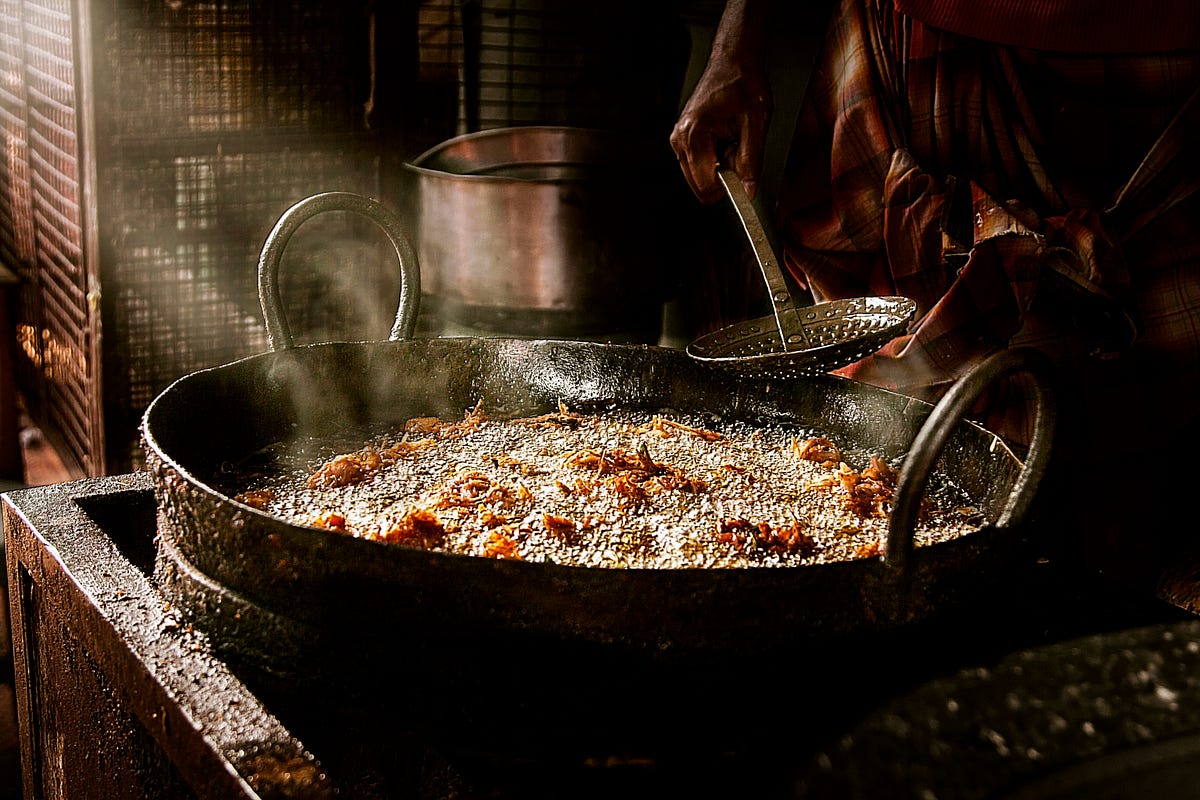
The Culinary Odyssey: Tracing the Origins of Cooking
Introduction:
Cooking, an integral part of our daily lives, has evolved over millennia, shaping human societies and cultures. The origins of cooking are deeply intertwined with the development of Homo sapiens and the transformation of raw ingredients into nourishing meals. In this culinary exploration, we embark on a journey through time to unravel the fascinating tale of when cooking began and how it became an essential aspect of our human experience.
1. The Firestarter: A Culinary Turning Point
The quest for cooked food is often traced back to the mastery of fire by early humans. While the exact timeline is challenging to pinpoint, evidence suggests that Homo erectus, an ancestor of Homo sapiens, was proficient in controlling fire around 1 to 1.5 million years ago. The ability to harness and control fire marked a monumental leap in our culinary journey.
Implications of Fire Mastery:
- Cooking with Heat: Fire allowed our ancestors to cook food with heat, transforming the texture and flavor of ingredients.
- Increased Nutrient Availability: Cooking enhanced the bioavailability of nutrients in plant and animal-based foods, providing a nutritional advantage.
- Pathogen Elimination: The heat from cooking helped eliminate harmful bacteria and parasites, contributing to improved food safety.
2. The Palaeolithic Potluck: Early Culinary Practices
During the Palaeolithic era, roughly 2.6 million to 10,000 years ago, early humans relied on a diverse range of raw and cooked foods. While evidence of specific cooking methods from this period is scarce, it is believed that roasting and baking over open fires were prevalent practices.
Culinary Practices:
Roasting Over Flames: Meats, roots, and tubers were likely roasted directly over open flames, introducing the concept of charred and seared flavors.
Primitive Cookware: Early humans might have used leaves or animal hides to wrap and cook food, a rudimentary form of “oven” cooking.
3. Stone Age Innovations: The Birth of Cooking Tools
As humanity progressed into the Stone Age, approximately 2.5 million to 3,000 years ago, the development of tools became a pivotal aspect of cooking evolution. The introduction of stone tools facilitated more efficient processing of raw ingredients and opened avenues for diverse cooking techniques.
Cooking Tools:
- Stone Hearth and Ovens: Evidence of stone hearths and simple ovens suggests advancements in controlled cooking environments, allowing for more sophisticated culinary practices.
- Grinding Tools: Stone mortars and pestles enabled the grinding of grains, seeds, and nuts, paving the way for the creation of pastes, flours, and early forms of bread.
4. The Agricultural Revolution: Cooking in Cultivated Communities
The shift from hunter-gatherer lifestyles to settled agricultural communities around 10,000 BCE marked a significant phase in the history of cooking. With the cultivation of crops and domestication of animals, humans had a more stable and diverse food supply, prompting the development of advanced cooking techniques.
Agricultural Culinary Advancements:
Cultivation of Grains: The cultivation of grains like wheat and rice led to the emergence of staple foods that could be processed and cooked in various ways.
Fermentation: The discovery of fermentation transformed cooking by introducing techniques like brewing, pickling, and leavening, expanding the range of flavors and preservation methods.
5. Mesopotamian Mastery: Culinary Civilization Unveiled
Around 3500 BCE, in the fertile region of Mesopotamia, the cradle of civilization, culinary practices reached new heights. The emergence of written language allowed for the documentation of recipes and culinary techniques on clay tablets, providing insights into Mesopotamian cooking.
Culinary Highlights:
- Complex Recipes: Mesopotamian writings reveal intricate recipes for various dishes, including stews, bread, and desserts, showcasing the sophistication of their culinary knowledge.
- Cooking Implements: Clay ovens, cooking pots, and utensils were crafted for specific culinary purposes, emphasizing the importance of specialized tools in cooking.
6. Ancient Culinary Cultures: Egypt, Greece, and Rome
In the ancient civilizations of Egypt, Greece, and Rome, cooking became an art form intertwined with cultural practices, religious rituals, and social status. Culinary advancements during this era laid the foundation for many cooking methods and dishes that continue to influence global cuisines.
Culinary Contributions:
- Herbs and Spices: The use of herbs and spices, both for flavoring and preserving, became integral to culinary practices in ancient cultures.
- Complex Dishes: Elaborate feasts and banquets featured a wide array of dishes, showcasing culinary prowess and diverse cooking techniques.
7. Medieval Culinary Renaissance: Spices, Trade, and Innovation
The medieval period witnessed a culinary renaissance driven by the spice trade, exploration, and innovations in cooking methods. The infusion of new ingredients and techniques from various cultures enriched the culinary landscape.
Culinary Renaissance:
Spice Trade: Spices from distant lands became coveted commodities, influencing the flavors and aromas of medieval dishes.
Cookbooks and Culinary Literature: The proliferation of cookbooks and culinary manuscripts reflected the growing interest in documenting and sharing culinary knowledge.
8. The Renaissance to Modern Era: Culinary Evolution Continues
The Renaissance and subsequent periods saw the refinement of culinary techniques, the rise of culinary academies, and the formalization of culinary arts. The Industrial Revolution further transformed cooking with the introduction of kitchen appliances and standardized cooking methods.
Modern Culinary Landscape:
- Industrialization: The mass production of food products, refrigeration, and the development of cooking appliances streamlined culinary processes and expanded culinary possibilities.
- Globalization: Increased connectivity through trade and exploration brought diverse ingredients, cooking styles, and flavors to kitchens worldwide.
Conclusion:
The origins of cooking are deeply rooted in our evolutionary journey, from the mastery of fire by early humans to the sophisticated culinary practices of today. Through the ages, cooking has been a testament to human ingenuity, resourcefulness, and creativity. From the simple act of roasting over an open flame to the intricate recipes documented on ancient clay tablets, cooking has woven itself into the fabric of our cultural identity and daily lives.
As we savor the diverse flavors and textures of the meals before us, it’s a testament to the centuries of culinary exploration and innovation that have shaped the way we nourish ourselves and celebrate the art of cooking.
